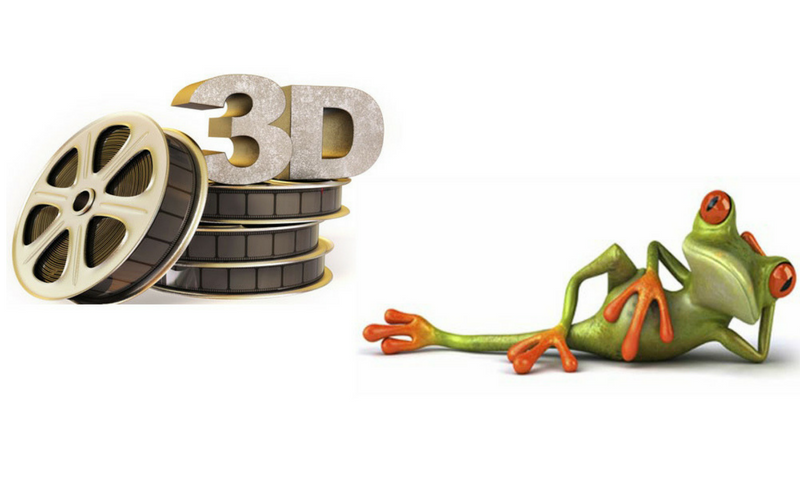
As compared to traditional 2D technology, 3D technology is quickly gaining preference because of its awesome graphics quality, clarity and faster rendering of frames. In fact, 3D animation is being increasingly adopted by game developers, contractors, production houses and automobile designers. The global 3D animation market is experiencing a strong growth in end-user industries like aerospace, automotive, healthcare, defense, media, and entertainment.
The process of 3D animation is quite difficult and can be a bit more complex as compared to any other types of animation. Depending on what 3D project is involved, the number of steps may vary:
- Concept and Storyboards: The first step in the 3D animation process is the conceptualization of ideas and creation of storyboards which translate ideas into visual form. A storyboard is a sequence of illustrations which showcase the digital story in 2 dimensions. The first dimension is Time: what happens first, next and last. The second dimension is Interaction like how does the voiceover interact with images, how do visual effects help bind together the images. Any element can interact with the other one and storyboard is the place to plan out the impact you have planned to make on your audience.
- 3D Modeling: It is the process of taking shape and molding it into a completed 3D screen. In order to create a 3D animation model, take a simple object and grow it into the shape which can be refined and detailed. A primitive can be anything from a single point, a two-dimensional line, a curve to 3-dimensional objects. When you create a model in 3D, you will learn a technique to create the model and go back to it again when you are in need of creating 3D models.
- Texturing: When a 3D model is designed 2D images can be used on it to add colors, designs, and textures. It’s called mapping and these maps can be created in programs like Photoshop and the illusions of textures can be brushed onto the models as if you have just painted them yourself. Some animators even use real photographs of textures they are trying to create and then altered to make smooth repeatable patterns.
- Rigging: It’s time to let the character talk and walk as it is the last stage of the process of character animation. This is stage is known as rigging and it drives the movement of a character to bring it to life. Rigging is the definitive process of setting up a controllable skeleton for the character which is intended for the animation. Depending upon the subject matter, every rig is and so is the corresponding set of controls.
- Animation: It is the process of taking a 3D object and getting it to move. Animation comes in varied flavors such as keyframe animation where animator manipulate the object on a frame by frame basis which is quite similar to hand-drawn cartoons.
- Lighting: Lighting is where a scene has the potential to come alive and if used improperly, light can wash out a scene, make the objects appear hard and destroy all the hard work. In 3D, lights don’t exist as they exist in real world. Lights in 3D are objects which are designed to prompt how the lighting works in real life but to get the right results, you have to apply a lot of settings not only to the lights and materials too.
- Camera Position: In 3D animation, you can easily create the scene where the camera takes you on a journey inside the blood vessels of the human body and it can be used to create the impossible perspectives to zoom and so much more. In 3D, there is no need for lens, aperture, focusing controls, film etc. These functions are easily controlled via software and in 3D you can create one or more camera position exactly as desired in the 3D space.
- Rendering: This is the most important part of the 3D animation process. There are various aspects to creating a final render of a scene including attention to camera placement, lighting choices which may affect mood and shadows, transparency, reflections and the handling of special effects.
- Compositing and Special VFX: Compositing comprises of special effects where things explode and evaporate etc. The art of taking live footage and mixing it with computer-generated footage would be considered compositing.
- Music: A music composer will create awesome music soundtracks to set the mood for animation. An artist creates sound effects for the film, television and radio production. Artist can replace original sound completely or enhance existing sounds to create a richer track.
- Editing and final output: This is where the composited renders and music are edited to make sure that everything is in synchronization.







